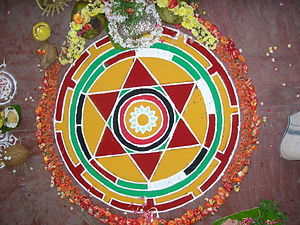
While I was a believer I was fascinated by speculations that someone well-read in the Bible might conjure up by linking verses together in a way that no-one seemed to have thought of before. For example, someone might “prove” that Jesus was a well-to-do middle-class businessman by noting that he
- seemed to have a particular house in Galilee that he regularly visited — so it was probably (therefore surely) his own house
- was a carpenter and son of a carpenter and carpenters then were stone-masons and highly skilled in a range of tasks including stone masonry (and being perfect he would have been very good at whatever he did)
- and he had a fine linen cloak of one piece of such quality that Roman soldiers preferred to gamble for it rather than tear it up among themselves
This is all nonsense, of course. It takes ambiguous data out of its original contexts and extrapolates from it to create a fiction. For example,
- the gospels do not unambiguously affirm that Jesus owned a house, and there is no indication at all who owned the house, or the arrangement he had by which he came to be found there from time to time; one senses middle-class westerners reading their own life-styles into Jesus here.
- The mere fact that he or his father was a “tekton” (translated “carpenter”) does not allow us to make any judgment about how successful he was financially; again one detects a western businessman making the judgement.
- The cloak story was expressly said to have been a fulfilment of prophecy, so the odds are stacked against the likelihood that this was historical.
One gets a strange sense that one is merely reading a more sophisticated or well-informed version of this same speculative process when one reads Constructing Jesus: Memory, Imagination, and History by Dale C. Allison. Continue reading “The occult art of constructing the historical Jesus”
